
Aurora Borealis is caught on camera in amazing shots
One of the most amazing natural sights which you will ever see is the Aurora Borealis, in the skies over Scotland.
On Scottish Field’s Facebook page, our picture of the day them for September has been our beautiful country at night, and you’ve been liking our images in your droves.
Shots of the night sky featuring the Aurora Borealis and the Milky Way have been particularly popular, and photographer Chris Cogan has shared some of his incredible shots with Scottish Field.
Chris, who lives in Rogart, Sutherland, keeps an eye on the weather conditions, and when it’s a clear night, heads out with his camera.

The Aurora Borealis over St Callan’s Kirk in Rogart (Photo: Chris Cogan)
He said: ‘I live in a very dark area of Sutherland. Every night I would be walking my dogs and often saw the Aurora and stood watching them dance across the sky. To the human eye they look like fog, but with stars!
‘It’s got to be a powerful solar storm before humans see the colours as good as a camera. Our eyes take a image in milliseconds where as a camera is set on a long exposure of between 15-30 seconds, which explains why cameras pick it up better.
‘I didn’t bother taking photos as digital cameras only became useful a few years back, so I just watched the lights dancing around.
‘I got a basic Nikon D3300 two years ago and there started a new hobby.. any camera with a long exposure and a hi iso will pick them up – and now mobile phones can do it.
‘When I’m outside I always look at what’s around me and even at night there’s some wonders to see. Moon Halos, Moon Bows (like a rainbow but lit by the moon) and a new one to me the other week a Lunar Fog Bow, a low bow caused by the moon refracting light in the fog.’
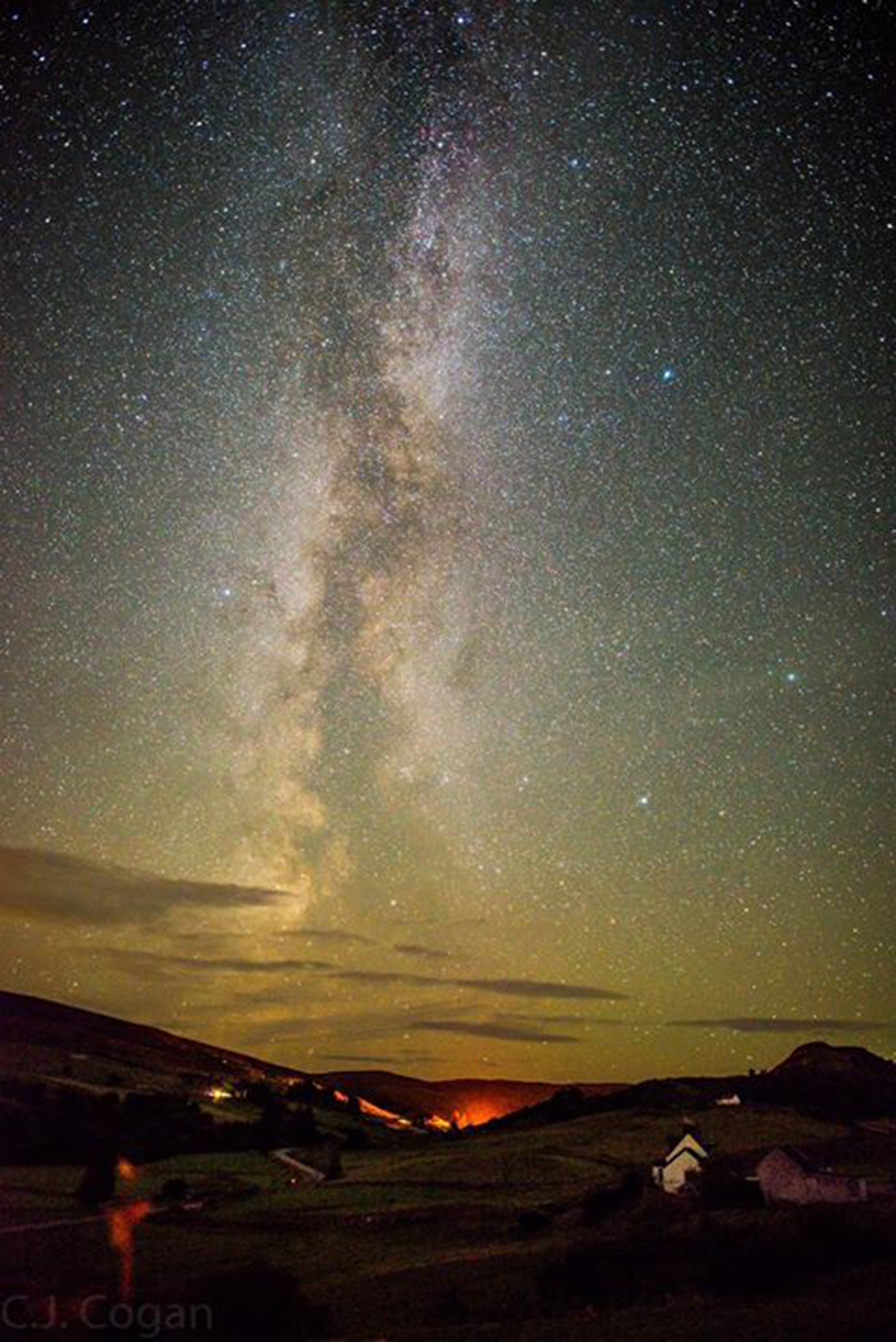
The Milky Way, seen from Rogart, taken by Chris Cogan’s garden using a wall as the tripod (Photo: Chris Cogan)
The aurora – also known as the Northern Lights – is a natural light show caused by collisions between electrically charged particles released from the sun that enter the earth’s atmosphere and collide with gases such as oxygen and nitrogen.
Chris continued: ‘There’s a lot of people who have seeing the Aurora on their bucket list and I’m not the kind to not share how to do something.
‘I often get messages asking how to see the lights, and I’ll take time explaining how it’s done.
‘It’s down to weather, location and if the suns sending out solar particles.
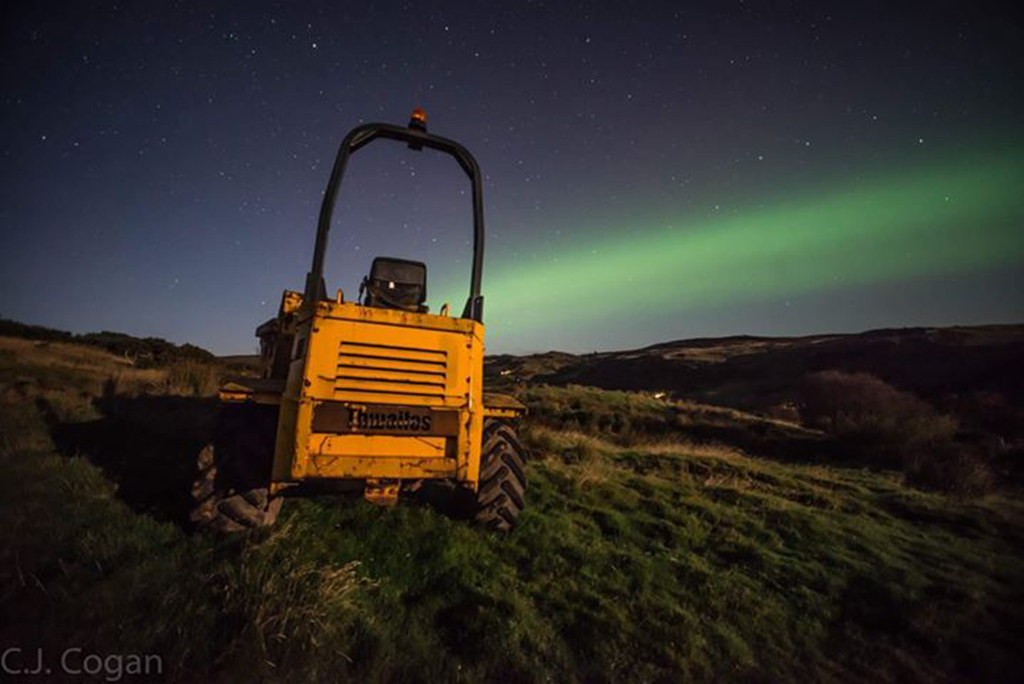
Photo: Chris Cogan
‘Think of it as the sun sneezing and sun snot travels out towards earth and if the magnetic field is on the Southern pole (it changes between poles) the sun snot hits our atmosphere and we get the Aurora. But sometimes the sun draws the particles back in, like a snotty kid, and nothing heads to Earth.
‘Spaceweatherlive.com is graphs from satellites. A site I recommend which is free, no adverts and totally funded by himself as he just loves the science of aurora is Aurora-alerts.co.uk. It’s on Skye at Glendale, and the more people using the app, the more accurate it becomes.
‘Incidently, on the app, I have photographed the aurora the most this year, over 60 nights when its visible.
‘There’s so much to see in Scotland and so many people live where street lights spoil the night sky. On social media we see the same photos as people go to where they’ve seen a photo taken, and copy it, but if you put up a different one, people will love it.’
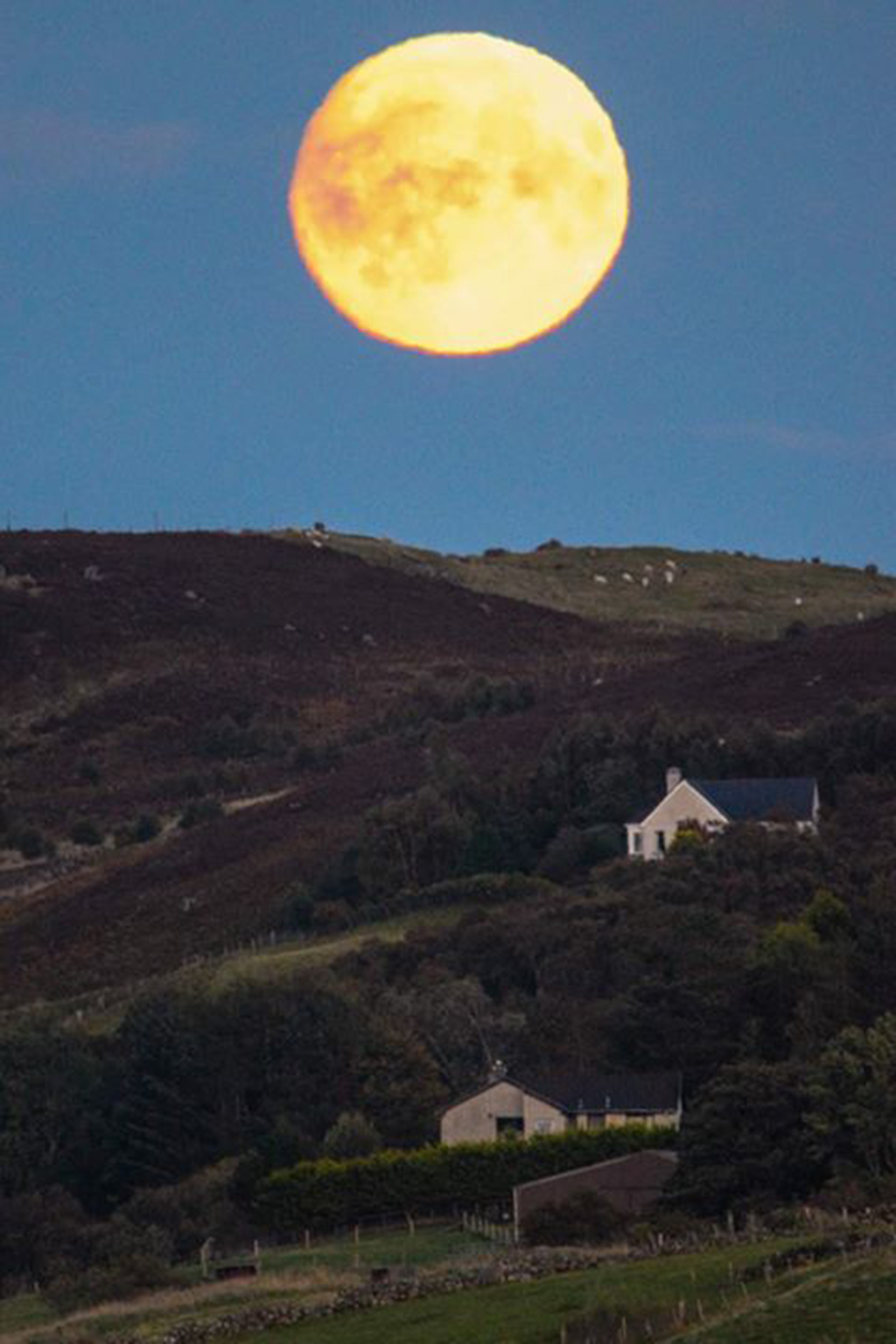
Photo: Chris Cogan
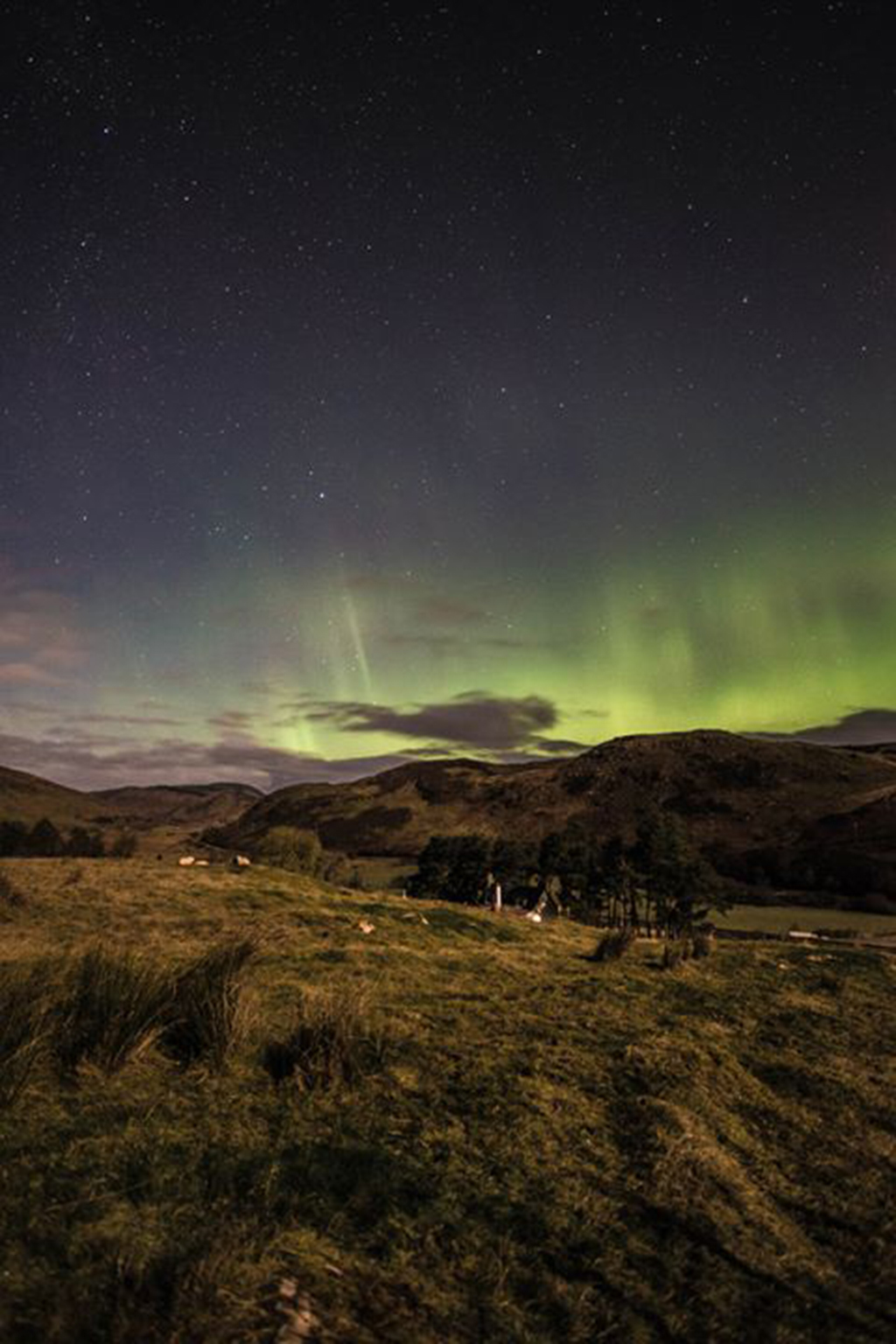
(Photo: Chris Cogan)
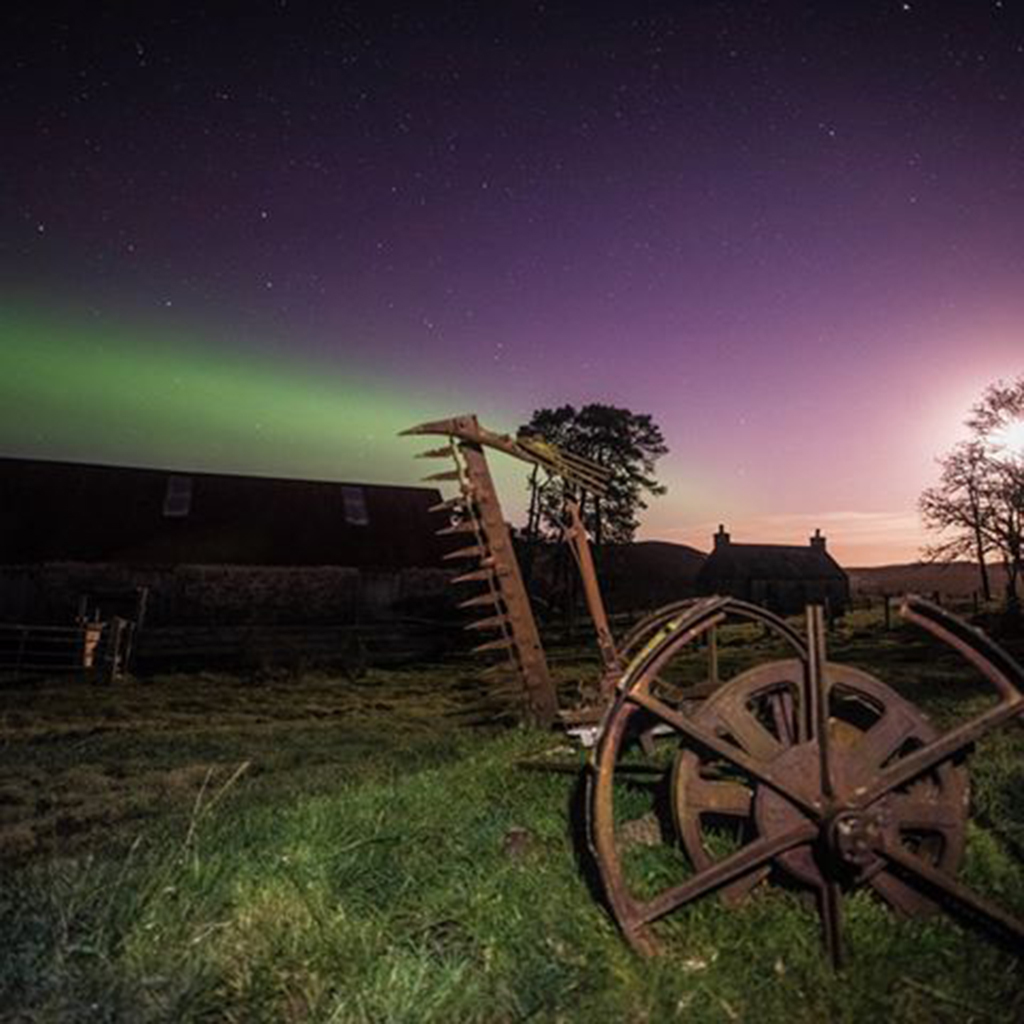
Photo: Chris Cogan
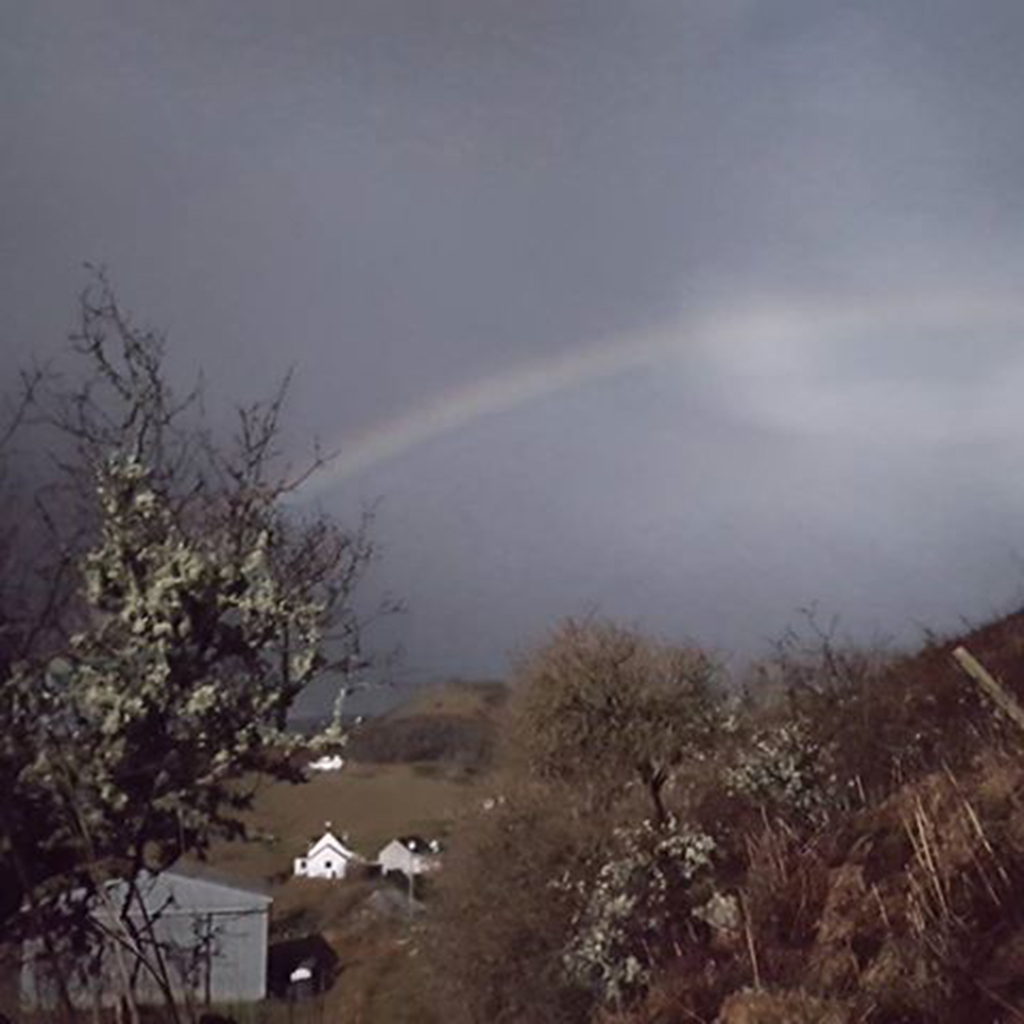
A moon rainbow (Photo: Chris Cogan)
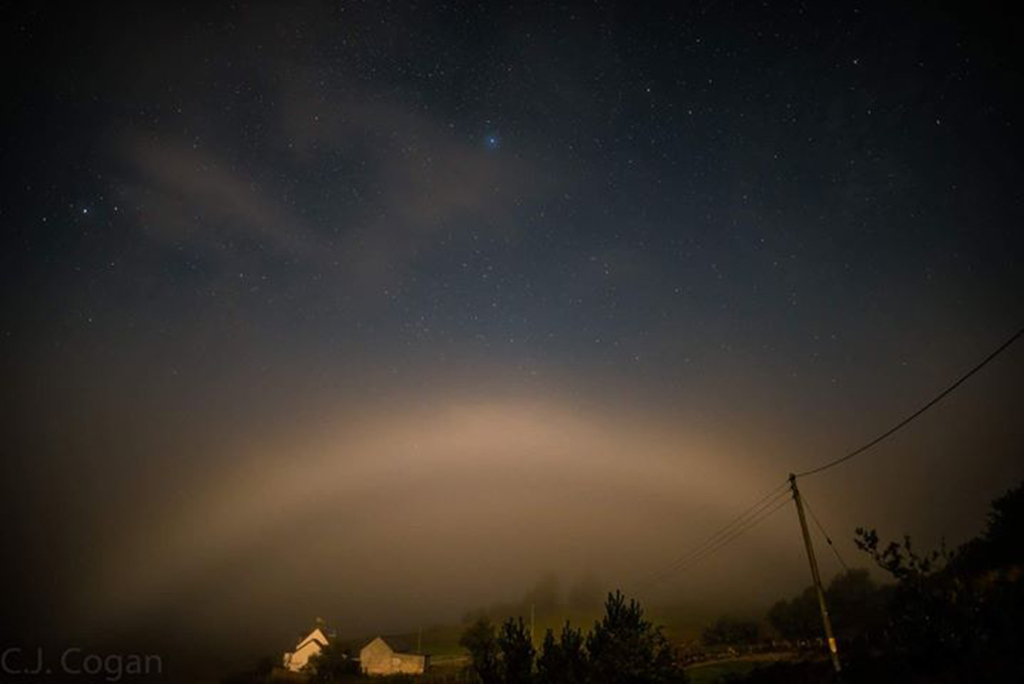
A Lunar Fog bow (Photo: Chris Cogan)
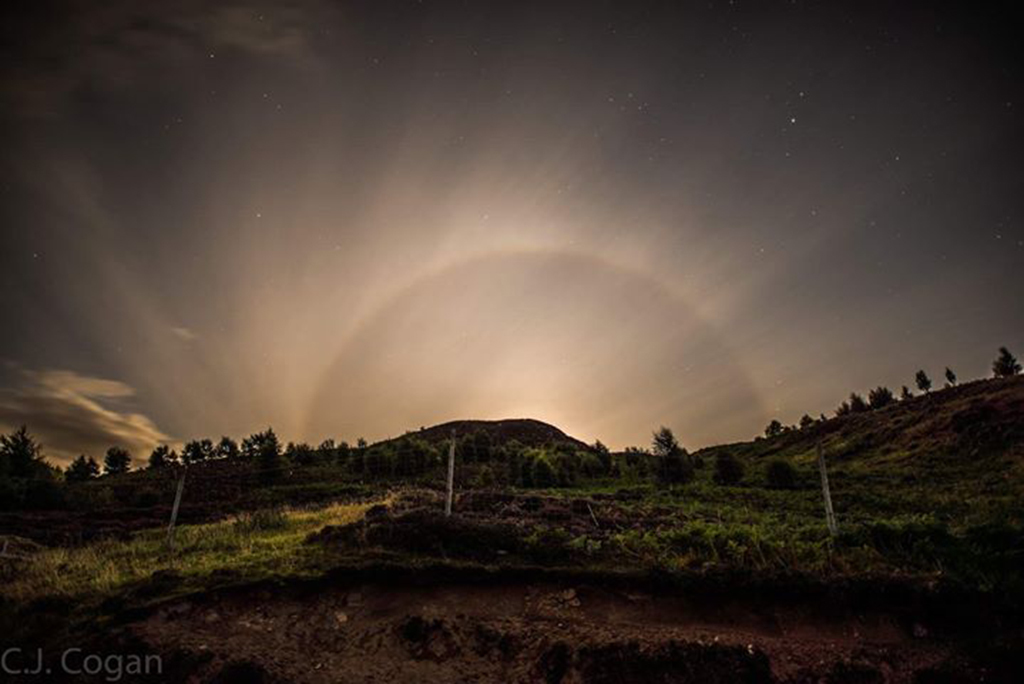
A moon halo (Photo: Chris Cogan)
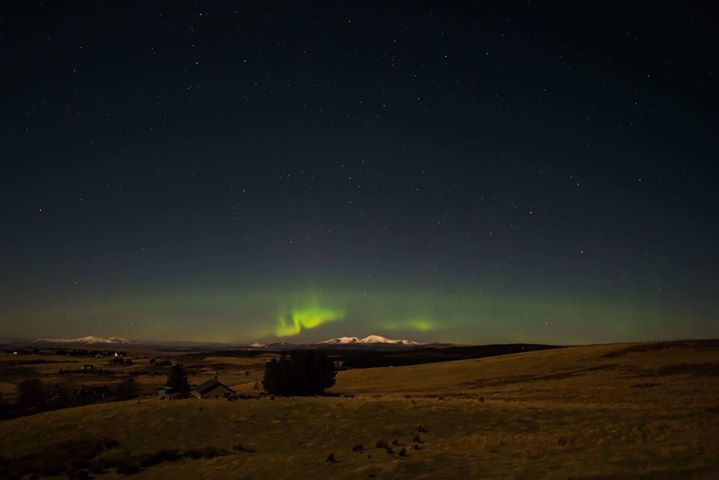
The Aurora Borealis pictured above Iceland – as seen from Scotland (Photo: Chris Cogan)
TAGS

